
Over the 420-induced blur that was my Christmas to New Year’s, I spent about 16 hours finishing High on Life’s campaign. It was a pleasant way to unwind in the final days of 2022, and the game got quite a few laughs out of me, not to mention more than a few raised eyebrows and groans. But most of all, by being remarkably responsive to both my presence and my actions as the player, High on Life made me reflect on just how much of a rut mainstream games are stuck in and, perhaps, how they might consider improving.
High on Life is the latest Xbox and PC title from Squanch Games. With the voice and mind of Justin Roiland (Rick and Morty) behind the game, many might already know what to expect. If you don’t, well, as Kotaku’s Alyssa Mercante discussed in her review of the game, it’s endless amounts of crass, unfiltered humor that doesn’t know when to stop—and that’s on purpose. You get a cast of talking guns who never shut up and an absurd plot about saving the human race from being turned into drugs for alien consumption. It’s a constant barrage of gross humor laced between acknowledgements from characters that they are in fact in a video game. It’s metacommentary and farts for 16 hours.
Read More: High On Life: The Kotaku Review
While it’s easy to write this game off as just a bunch of dick and fart jokes (and it often is), if we put the humor aside for a moment, what remains is a bog standard plot about saving the world from hostile aliens. High on Life’s plot, lore, and all of the tasks you accomplish, aren’t that different from what you find in your Mass Effects, Dead Spaces, and Halos. What is different is that High on Life is clearly tired of the formula those games (and other big-budget ones) utilize, and turns to mock its predictability and hollowness. Although it’s not always aiming to disrupt the formulaic structure its mocking, it’s exciting when it does. Some of the best moments are when the game lets your actions influence the way its comedy plays out. High on Life shows that there’s tremendous potential for games to move beyond the restrictive and rather lifeless means of interacting that they so often impose on us.
True to Roiland’s pedigree, High on Life does with video game plots and motifs what Rick and Morty does with many television and movie themes. In that show, there’s an air of cynicism about how mundane, boring, and predictable a movie plot can be. It’s why Rick says “Come on, kids, we have to do a fucking piece-of-shit Star Wars” in the episode “Star Mort Rickturn of the Jerri.” Stripped of the humor, Rick and Morty is no different from any science fiction or fantasy show. That’s why Rick bemoans doing a “piece-of-shit Star Wars;” it’s nothing new. It’s just the same old space bullshit that TV shows seem doomed to repeat. And High on Life is just the same old first-person shooter bullshit. And that includes the incessant talking. High on Life isn’t just talking so much because it doesn’t want to shut up, but because video games in general don’t want to shut up. Instead of saying “we have to do a piece-of-shit Star Wars,” it might as well be saying “come on, player, we have to do a piece-of-shit Call of Duty.”
It’s reflexive to look at High on Life’s talking, wise-cracking guns and think, “Aw jeez, this is annoying,” but how are the Gatlians (the game’s in-world species’ name for talking guns) any different from Call of Duty’s guns in how much they want to be heard?
High on Life’s guns beg you to “use my trick hole!” and “fire my glob shot!” in the same way Ghost tells you to “dig in” and “open fire” in Modern Warfare II. CoD’s guns themselves are characters; they are dramatically loud, with pronounced reload animations that don’t always match how you’d reload their real-world counterparts. It’s a performance, exaggerated for extra video game impact. It’s all for effect, to retain your attention and keep you engaged in the—to put it bluntly—pornography of shooting guns. High on Life just puts a face on that, turns it towards you and asks you how much you love shooting that gun. And that extends to the rest of the game.
In winkingly acknowledging its own status as a game, High on Life creates some genuine moments of unpredictability with its characters, often handing the remainder of a joke over to you, the player, to finish. In this way, you become more deeply integrated into what the game is doing. Obviously games like Mass Effect aim to make you feel central to the action, but you’re usually on a narrow set of paths of possible actions and predetermined outcomes that often stop the action to prompt you with dialogue trees to move forward. High on Life arguably has a similar underlying structure, but it often places the player in scenes that are genuinely responsive to your actions, not just choices. You’re far more a necessary part of the joke that High on Life is telling than most “heroes” become the actual heroes of a traditional space opera video game. One such scene, where you’re given a choice to shoot a kid or not, demonstrates this particularly well.
Early on in High on Life you’re faced with a “kid” who’s talking trash and dares you to start something with him. If you pull the trigger, Kenny, your first talking gun, will repeatedly protest, saying that he won’t shoot a kid. Whether you shoot him or not, whether you stay or walk away, all results in an outcome that isn’t just about picking an option in a dialogue tree. Or at least it doesn’t feel like it.
In other games, how often does walking away from an NPC produce such an emotive “You don’t wanna listen to all the cool things I have to say? Fuck you!” Because why are you just walking away? This is content! Don’t you want to engage in content? And if you do shoot and kill the kid, well, Kenny will be there to literally say:
I didn’t think we’d be allowed to kill him. Yeah, normally killing children in games isn’t allowed but…he’s dead. We killed this kid. Are you happy now? We killed a kid! The kid is dead now. There goes our E for Everyone!
Every engagement I had with an NPC was a game of guessing when the fourth wall would appear, when I’d be allowed to shoot someone or not, when my participation would influence the joke. The reality that these moments were scripted and pre-recorded vanished, as the immediacy of the characters’ reactions to me made them feel like actors doing improv, riffing, and responding, often to my actions, in real time.
Such was the case when I encountered two enemies yelling at each other in the world of the bear-like moplets. I didn’t have to shoot them. They were so busy shouting “Fuck you!” at one another that I could’ve just walked around them and stolen their warp crystal. Or I could’ve killed them. Was I “supposed” to? It genuinely felt like I was just as much an actor in that scene as those who recorded the voice lines. It’s a level of responsiveness to your presence and your actions that we’ve also seen attempted in games like the equally comedic The Stanley Parable, but I’d like to see games that aren’t just going for big laughs explore feeling this immediate and organic in the ways that they react to you.
Scenes in High on Life that I would’ve expected to play out by the book in a “normal” first-person shooter orbit around this feeling of the game saying “yeah, we know what we should do. And we’ll probably do it. Or maybe not. Who cares? Do you care? Are you just gonna stand there? Who do you think you are? Fuck you!” Like a comedic Spec Ops: The Line, High on Life calls you out for just going through the motions, which highlights how formulaic a game like this often is.
Playing High on Life was like hanging out with friends, complaining about how predictable most modern games are—yet we still play them. It also showed that a traditional first-person shooter doesn’t need to be so formulaic. The exchanges with these NPCs feel fresh and alive in how responsive they are to your actions.
I want to have characters in something like a Witcher game feel this responsive to my presence, not needing to pull me into a locked-in, scripted scene with dialogue choices as if to signal, “Hey, pay attention, this is important.” High on Life let me participate in its comedy by my just being there. Just walking up to a character can prompt an unexpected response—which sometimes is just an NPC reflecting on how they are just an NPC whose job it is to stand around and state facts. High on Life’s comedy makes this, in a way, a bit easier; it can just be absurd and silly. I could see in a more serious game, like a Witcher, an NPC electing to tell you about monster contracts on a board at the sight of you; or perhaps a blacksmith identifying what weapons you have, calling out the strengths of the blades they’re selling to entice you should you turn and walk away from them, all without a menu system, just organic in where you’re standing, where you’re looking, what you’re wearing, and so on.
High on Life shows that, in the realm of comedy at least, a video game can do more with its NPCs and standard AAA formulas. True, it manages to do this with a very specific brand of comedy that may not be to everyone’s taste (and not every joke landed with me, to be clear). But as a proof of concept, it shows that NPCs and their relationship to the story and you as the main character can be more lively, dynamic, and less frozen in place.
And maybe such a rupture of the formula, for now, isn’t possible without a few swear words and crass jokes.

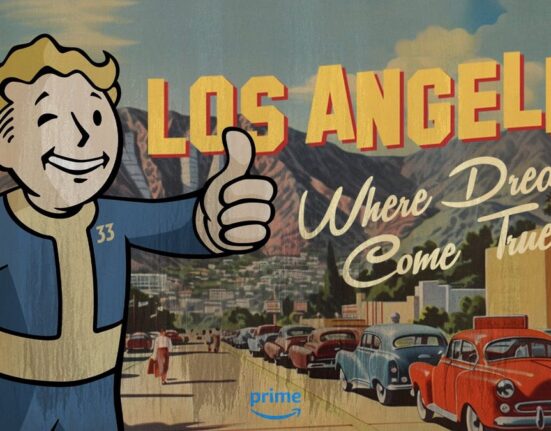
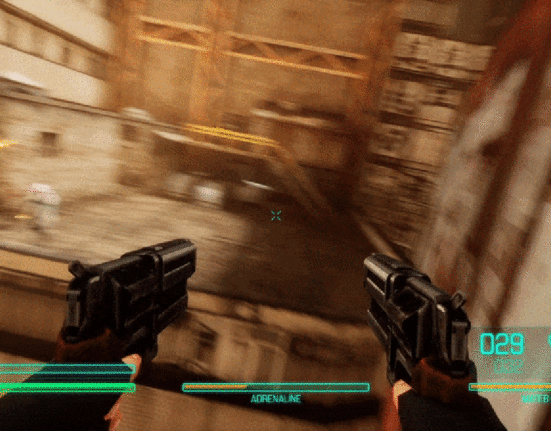
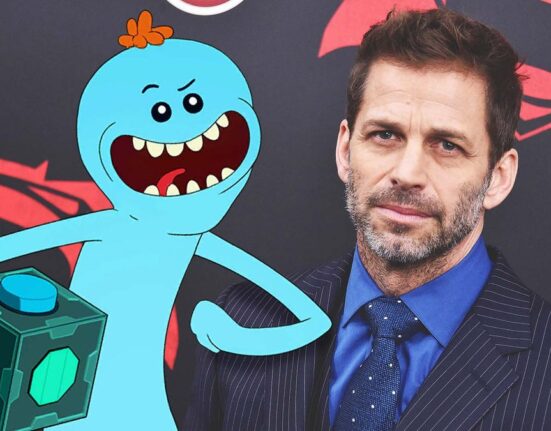
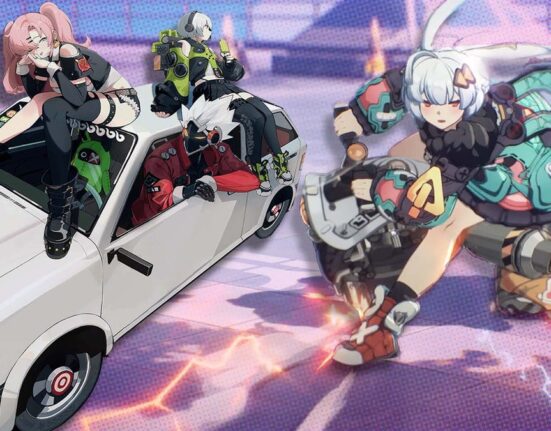
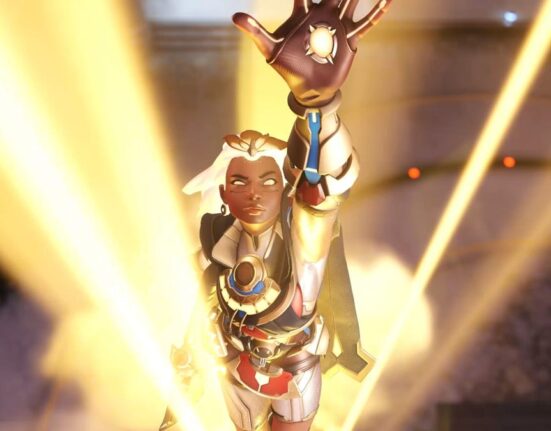
Leave feedback about this